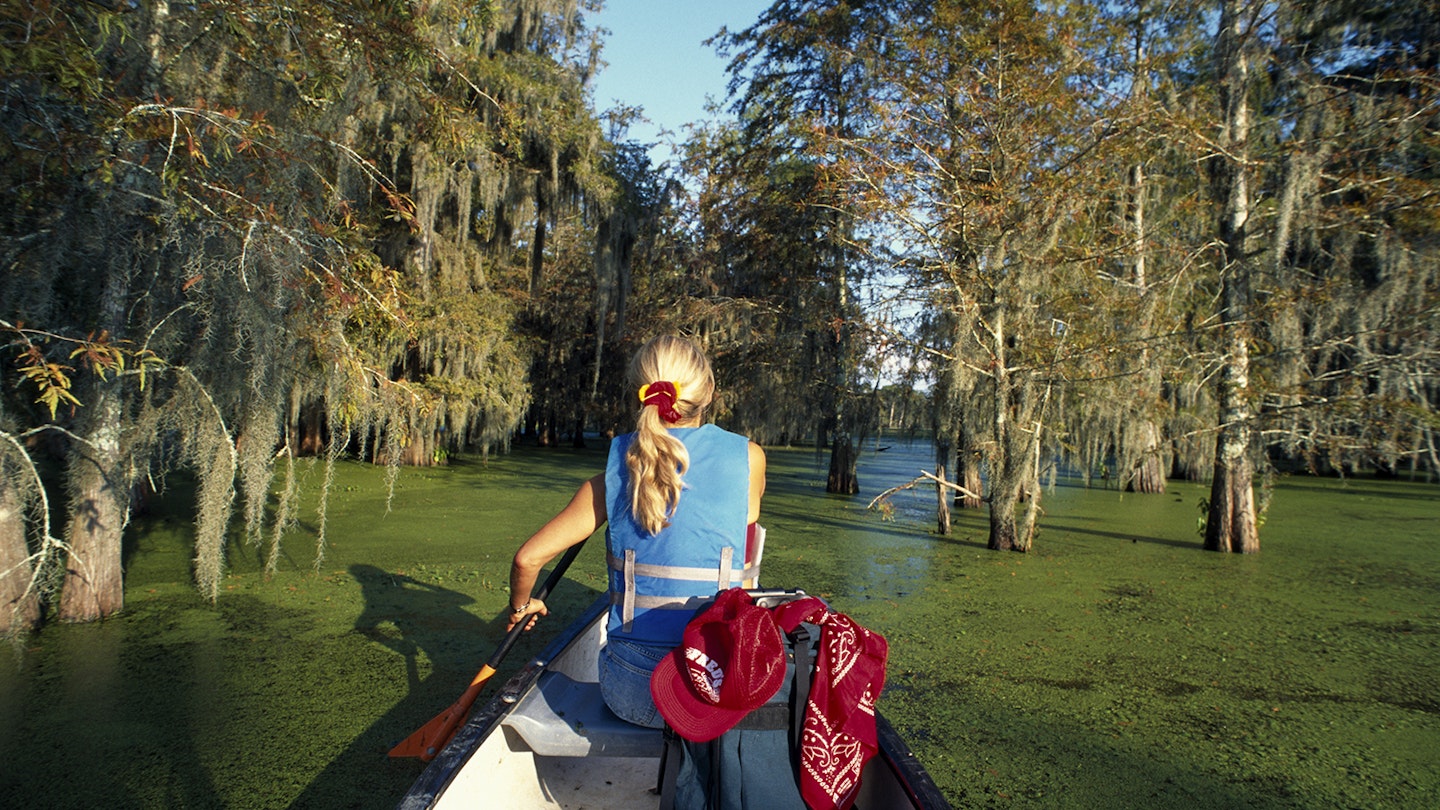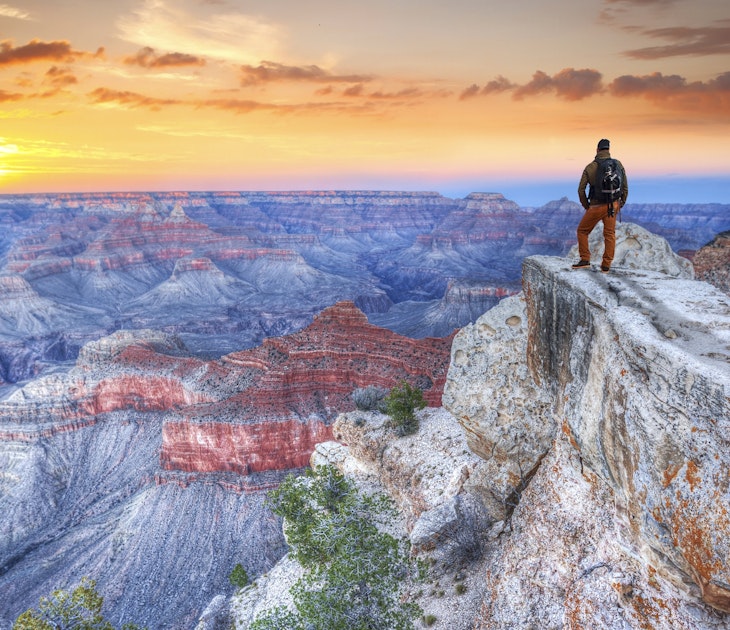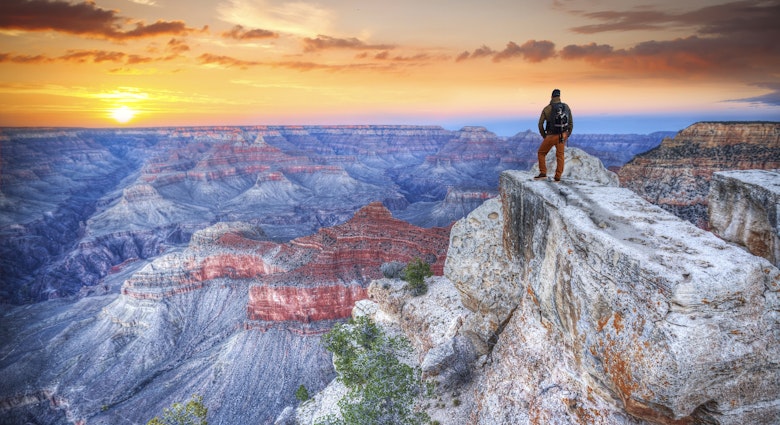Louisiana has a deep connection to the outdoors in all of its incarnations: land, water and the median space where those two elements combine. That hybrid space covers much of the state, making for a unique geography and ecology that is beloved by residents. But the act of visiting these wetlands can also feel like a daunting task to outsiders (and sometimes even locals). From bayou paddles to boardwalk strolls, here are ideas for making the most of this watery wilderness.
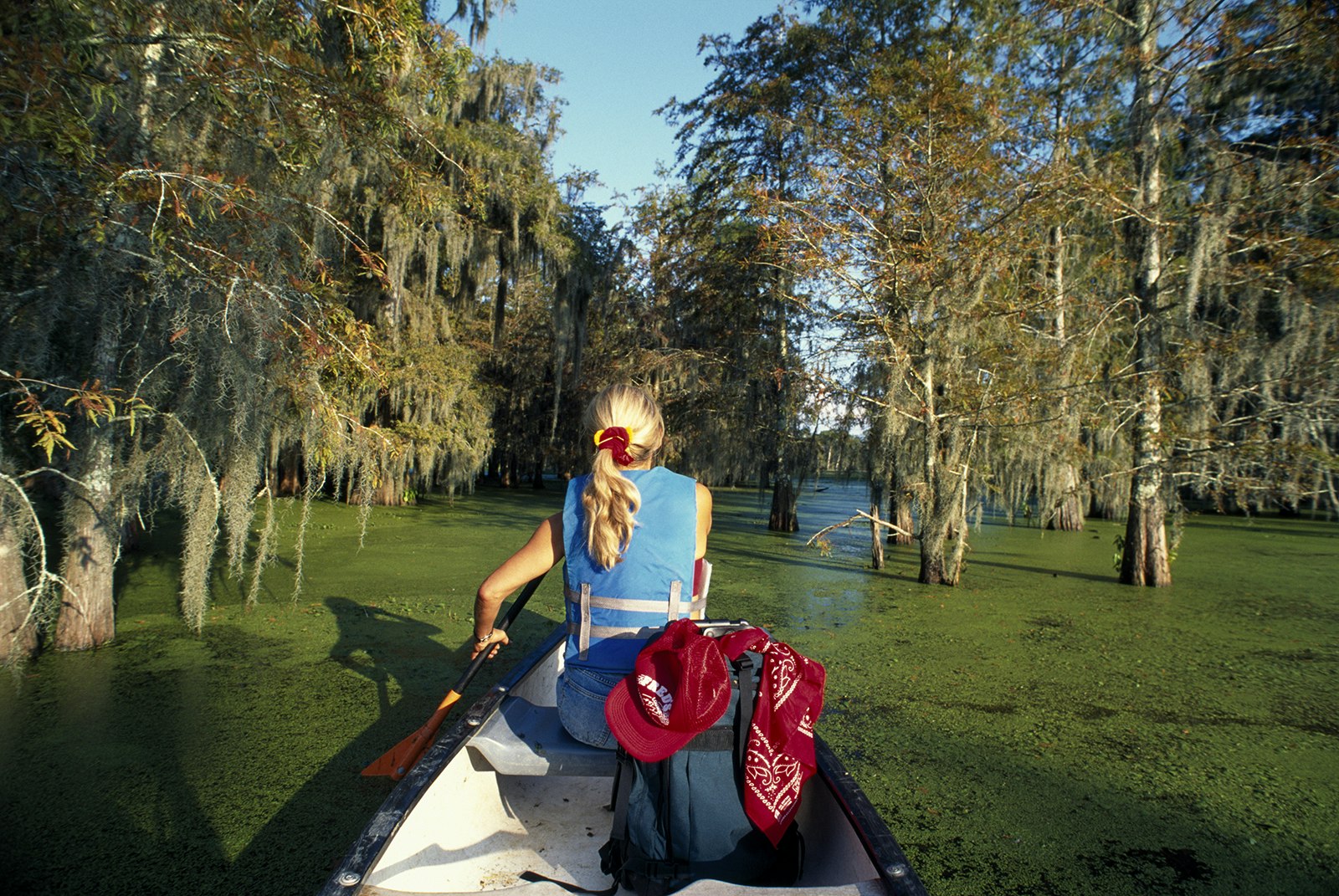
Pointers for paddlers
Getting out in the water in Louisiana requires a powerboat or a paddle. We prefer the paddle: the delicate beauty of the wetlands is too easily disrupted by a powerboat or fan boat engine. Kayaking and canoeing here can be a beautiful, meditative journey into the heart of an alien wilderness. Within the cypress strands, herons make dinosaur flaps across the water while alligator eyes wink from the mud like so many muddy logs with devilish grins. In this wet isolation, it feels as if you’ve slipped into the Jurassic.
And then a powerboat speeds by and the next thing you know, you’re eating wake and rolling on the black water. Or a snake falls from a tree branch right next to your arm. Or the bugs just straight up eat you. Or the heat reflects off the water like the sun through a magnifying glass.
We find that paddling around the Louisiana Bayou Country often incorporates all of the above experiences, but there are ways to mitigate the bad stuff. Be careful about paddling under low-hanging tree branches. Avoid paddling in July and August, when the bugs are at their worst, the heat is scorching and pop-up thunderstorms are always a possibility. And try not to linger in small channels, where you’re more likely to encounter other boat traffic. While boating etiquette states a powerboat is responsible for their wake, you’re effectively like a pedestrian amid a lot of cars, and you can’t guarantee other boaters know (or care) about the rules of the road, as it were.

Get on the water near New Orleans
There’s no shortage of places to paddle in Louisiana. The main trick is finding the right launch and renting gear. Of course, you can cut out a lot of the uncertainty of a paddling trip by opting to go on a tour. New Orleans is the main point of entry for most visitors, and is cut through by its own waterway, Bayou St John. If you’re sticking to the city, you can get out on the water here with the folks at Kayakitiyat. It’s not the sort of flooded forest you may think of when you read ‘bayou,’ but it’s a pleasant watery avenue that runs through the city to Lake Pontchartrain.
For something wilder, head to the north shore of Lake Pontchartrain, a wide expanse of bedroom suburbs and small towns, to explore the otherwordly waterscapes of Cane Bayou and Bayou Lacombe with the folks at Bayou Adventure. We tend to prefer their Cane Bayou tours, simply by dint of Cane Bayou feeling more wild and untouched, with better wildlife-spotting opportunities (indeed, enormous garfish that look like they swam out of a time warp may come and bump your boat!).
For a expert-led kayak trip through the tupelo-cypress forests of Maurepas Swamp Wildlife Management Area, about 40 minutes from New Orleans on the western side of Lake Ponchartrain, we recommend Lost Land Tours. As implied by the name, Lost Land doesn’t just focus on providing an average wetland exploration excursion – they also provide a deeply researched environmental lesson. Guides include Pulitzer Prize-winning reporter Bob Marshall, who has covered Louisiana environmental issues for decades.
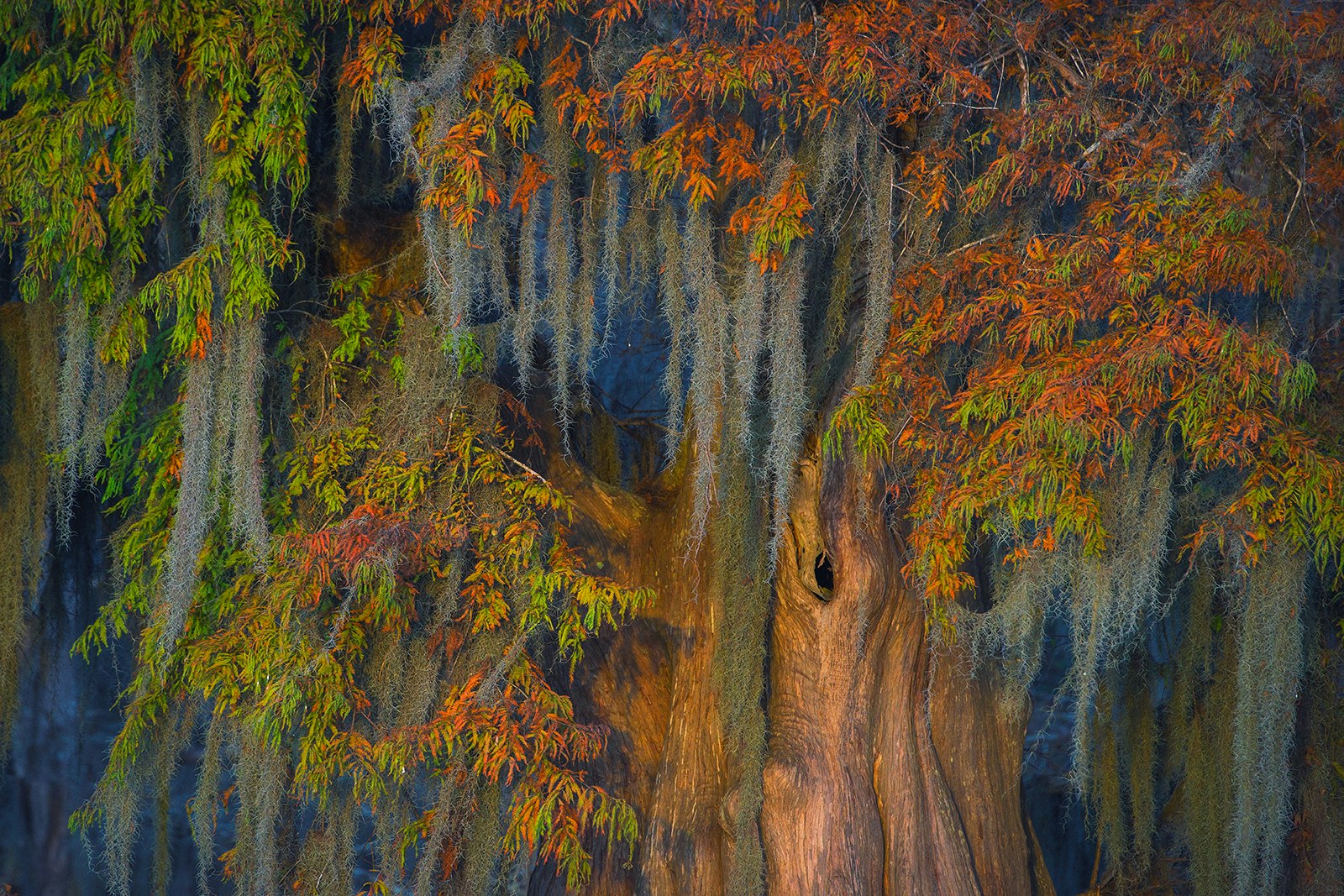
Drifting a little farther afield
If you’re OK with putting into the water on your own, there are excellent paddling trails running through the primordial-looking cypress swamps of Tickfaw State Park, located about 40 miles east of Baton Rouge and 70 miles northwest of New Orleans.
For an even wilder experience, head 125 miles west of New Orleans to the Atchafalaya Basin. The largest swamp in the country sits like a wet pocket in center of south Louisiana. Countless waterways spread out of the Atchafalaya, including some 135 miles of the Bayou Teche National Water Trail. You can also find boat launches at Lake Fausse Pointe State Park. Stop in at the Atchafalaya National Heritage Center, where the friendly staff will mark up your maps with some of the easiest access points for kayaks and canoes in this vast area – then make your way onto the water to marvel at its many natural wonders, like massive cypress trees and abundant wildlife.
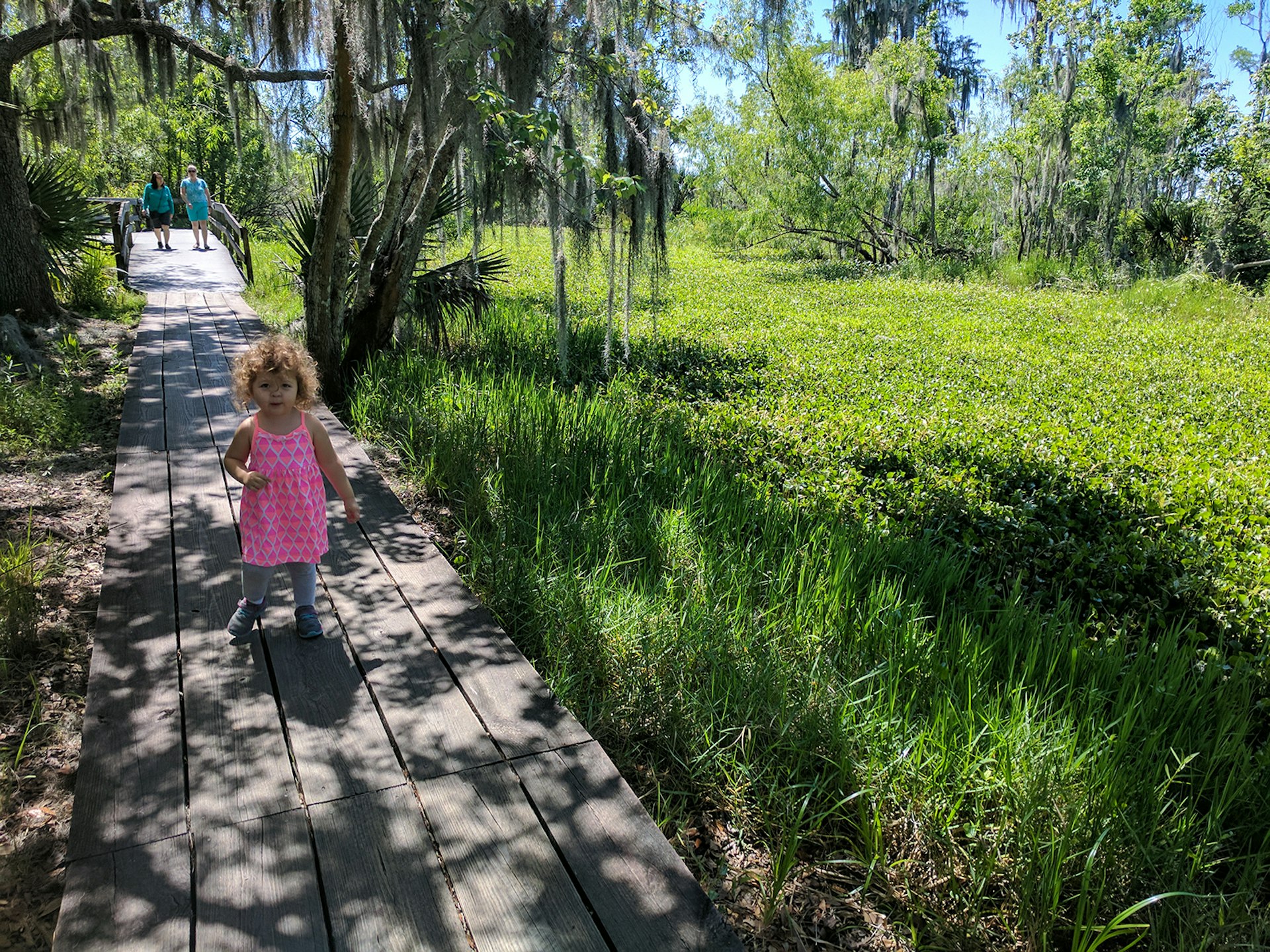
Boardwalk strolls, birds galore and surprising hikes
If you’d rather not boat through the bayou, you can always walk above it. Several excellent parks in Louisiana have easily accessible boardwalk paths stretching over the wetlands. Less than 20 miles south of New Orleans, the Barataria Preserve includes flooded forests and waterways that are absolutely choked with vegetation. Alligators used to be a common sight here; they’ve gotten more scarce as invasive hyacinth has clogged the preserve, but are still occasionally spotted.
While technically within the New Orleans city limits, the Audubon Nature Center is located deep in the overgrown hinterlands of the city's eastern edge, an area that feels like a slice of suburb and countryside embedded into the flank of New Orleans. The Nature Center, with its child-friendly exhibits and easy boardwalk trail, is one of the best outdoors options for those with kids.
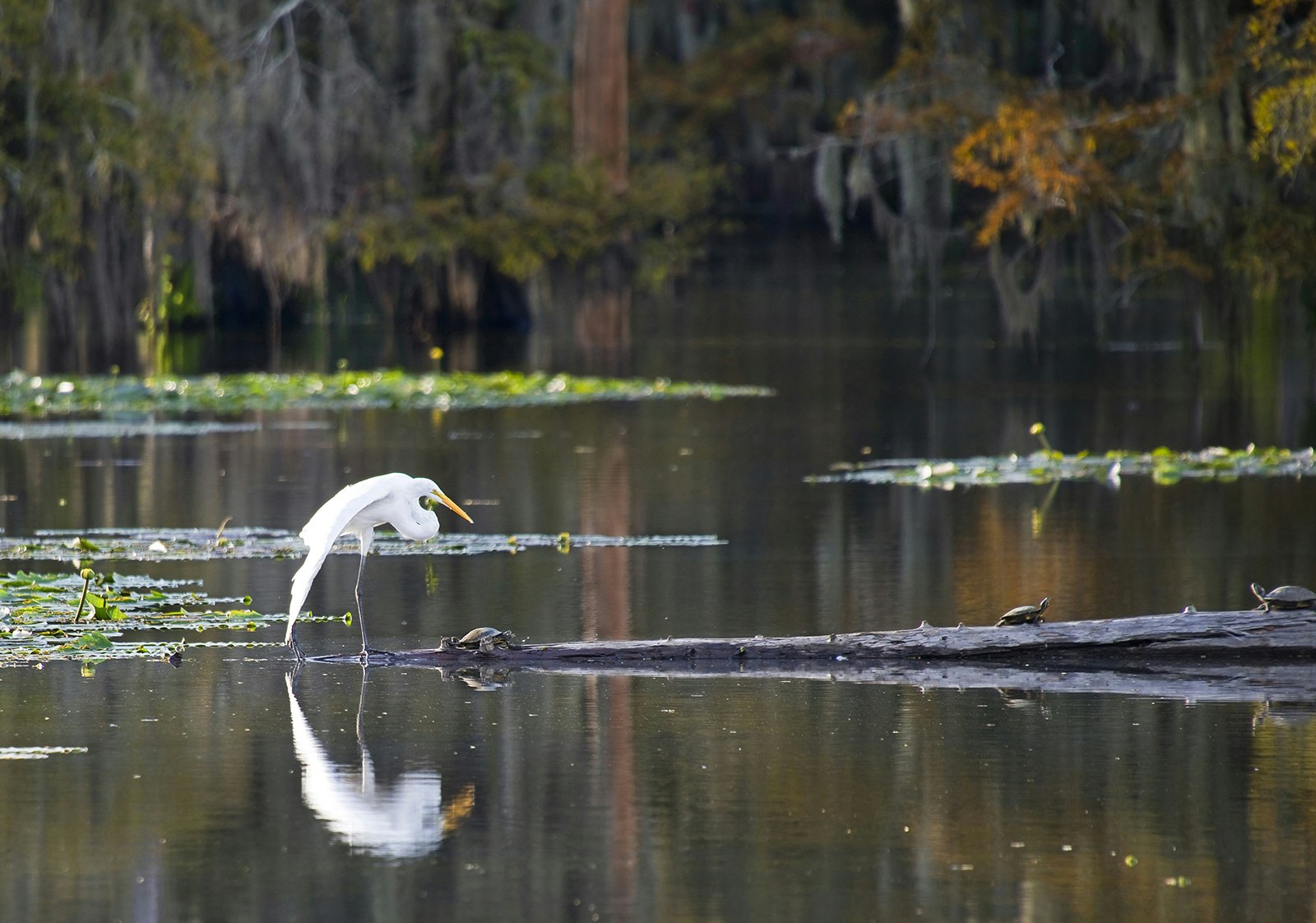
In Cajun Country, you can spot flocks of herons and egrets wading above a veritable dinosaur swamp at Lake Martin, located about 10 miles south of Breaux Bridge. The boardwalk here is one of the best pedestrian-accessible areas to get a feel for a flood forest land and waterscape. Birdwatchers and daytrippers frequently come in from Lafayette.
Finally, consider rolling north about 60 miles from Lafayette to Chicot State Park. There’s a cypress-tupelo swamp here draped in Spanish moss that feels plucked straight out of a Southern Gothic novel. This area marks a transition into hardwood forest, and you can actually hike several miles of trails here – a nice compliment to the soggy bottomlands of the state’s eerie bayous.
